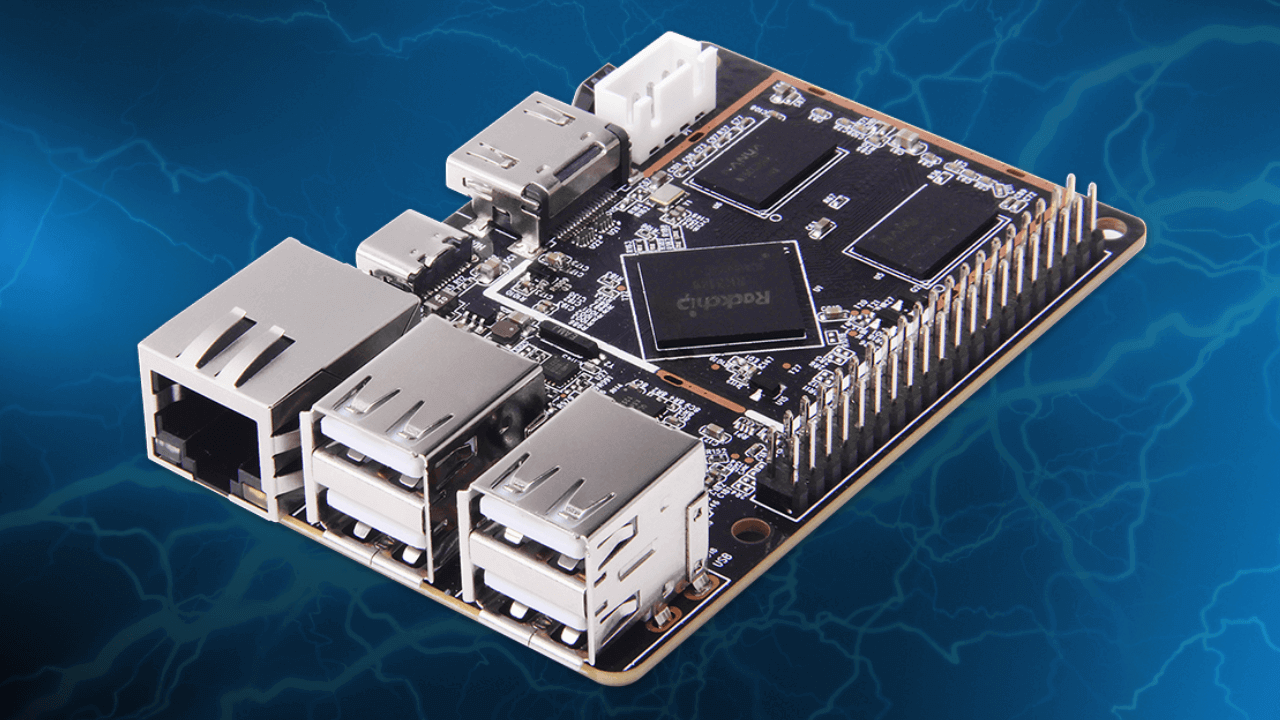A device’s “brain,” or the CPU board integrated into it to perform control and data processing, is referred to as an embedded mainboard. When a motherboard is embedded into a device, there are more exacting constraints for its size, power consumption, and thermal concerns. Consequently, embedded motherboards will have a compact design, high levels of integration, low power requirements, and more functionality!
A specially constructed, utilized for a particular purpose, embedded system is a computer. It is a system that integrates hardware and software to complete a certain purpose. It can be used both alone and as a component of larger systems. Understanding the distinction between a general-purpose computer and a special-purpose computer is essential to comprehending the embedded system.
Our daily-use desktops, laptops, and Macs are examples of general-purpose computers. For more up-to-date information about the embedded mainboards, go now to the website of Geniatech Even our cell phones fall into the general-purpose category, which implies they are capable of performing multiple different tasks.
Components of Embedded Mainboards
Power Supply
The power supply is a crucial part of the embedded system since it gives the circuitry inside it its power. The standard supply for an embedded system is 5 V; however, it can also be in the 1.8–3.3 V range. Batteries or a wall adaptor are also acceptable sources of power. Depending on the needs of the application and the user, the power supply is chosen.
An efficient and dependable power supply is necessary to give an embedded system a constant source of power. As much efficiency as possible should be achieved in the power supply while simultaneously allowing for dissipation.
Memory
The memory is built into the microcontroller itself since multiple microcontrollers are utilized in embedded systems. RAM (random access memory) and ROM (read-only memory) are the two main categories of memory. Since RAM is a volatile sort of memory, data can be temporarily stored there but is lost when the system is turned off.
Code memory is referred to as read-only memory. The embedded system loads code from the ROM memory when the system is turned on. The ROM is used to store the program.
Time Counters
There is frequently a requirement for the application to include a delay. For instance, a delay is needed in LED display applications so that the LED can continue to blink. And the embedded system can employ a timer and a counter for that. The embedded system can generate delays thanks to clever programming. The crystal oscillator and system frequency can be used to determine the delay time, allowing for the generation of delays that meet user requirements.
Communication Ports
Communication ports are used when two embedded systems need to talk to one another. There are many communication ports, including RS-485, USB, UART, I2C, and SPI. The microcontroller’s communications ports are utilized for simple applications; for sophisticated and complex ones, these ports are externally installed inside the embedded systems.
Micro Controller
A microprocessor- or microcontroller-based system is an embedded system. Known as integrated circuits, they provide a system with computational power. The processor—often referred to as the embedded system’s brain—is primarily responsible for the performance of the hardware.
Choose from a variety of processors, such as 8-, 16-, and 32-bit CPUs. An 8-bit CPU would be sufficient for straightforward tasks; however, more advanced and complex applications require processors with more bits. The standard speed of an 8-bit processor is 8 MHz; however, a 32-bit processor can operate at speeds of up to hundreds of MHz.
Output and Input
Devices that gather information about the environment around the system, such as temperature sensors, cameras, accelerometers, and gyroscopes. Devices for user interaction include keypads, touchscreens, and buttons. LEDs are used as displays or visual indicators. Information is displayed to consumers using LCDs (liquid crystal displays) and OLEDs (organic light-emitting diodes). Motors, solenoids, and relays carry out physical operations in response to the system’s output.
Final Words
Embedded systems are made up of several parts that work together to complete particular tasks inside a larger system. Depending on the complexity and requirements of the embedded system, these components may change. Whether embedded systems are found in a basic home appliance or a sophisticated automotive control system, these parts work well together to enable the required functionality.
